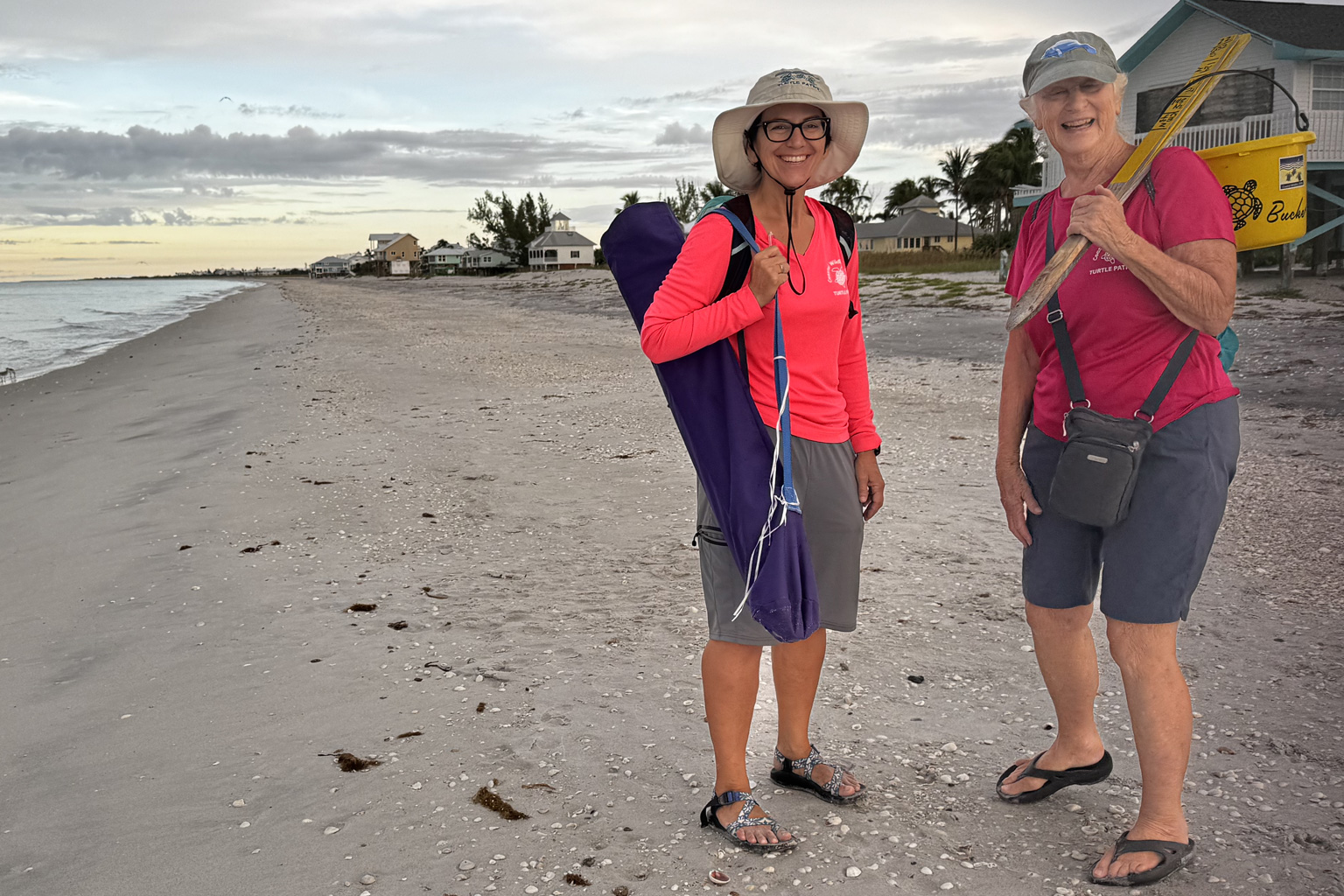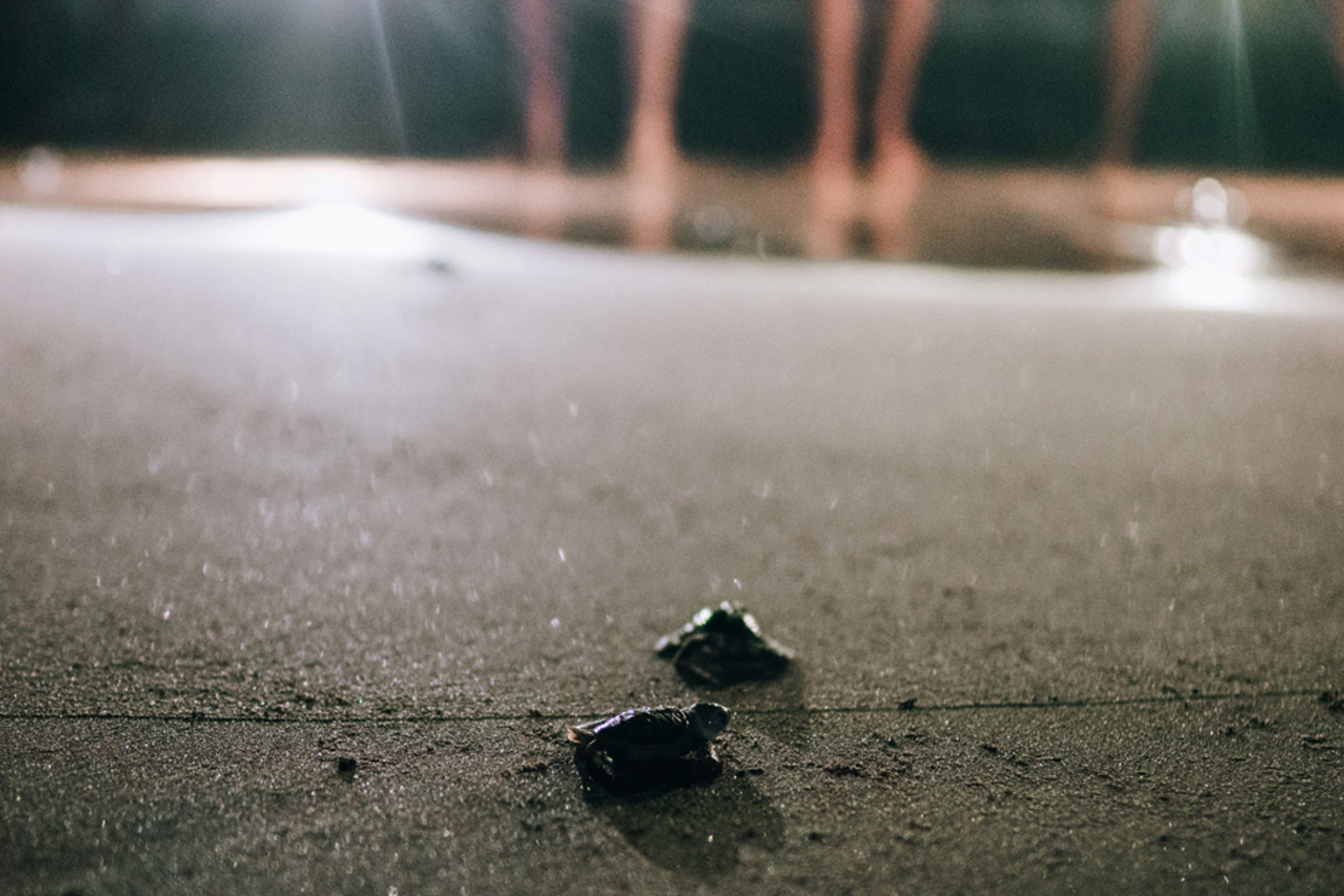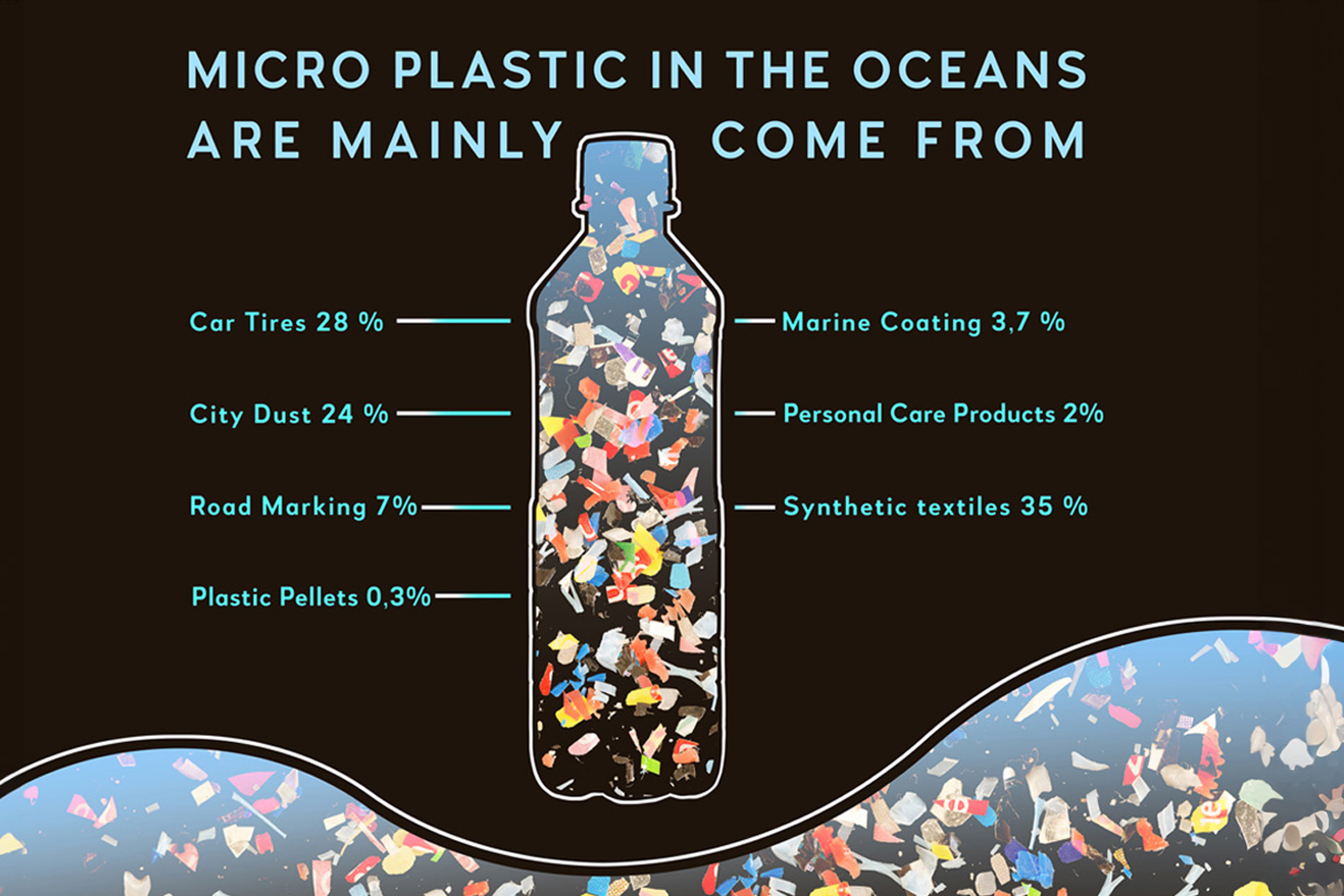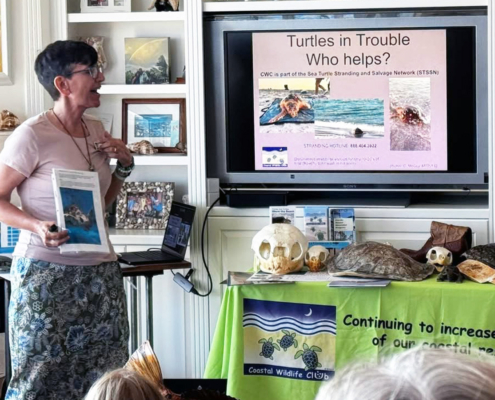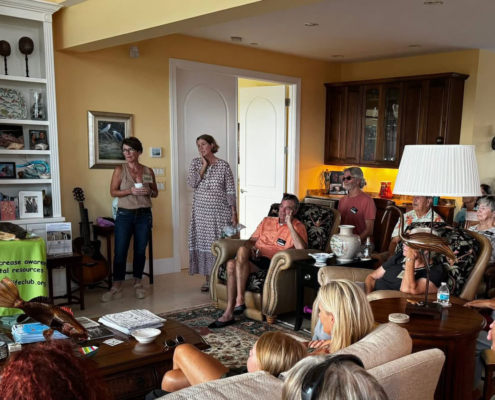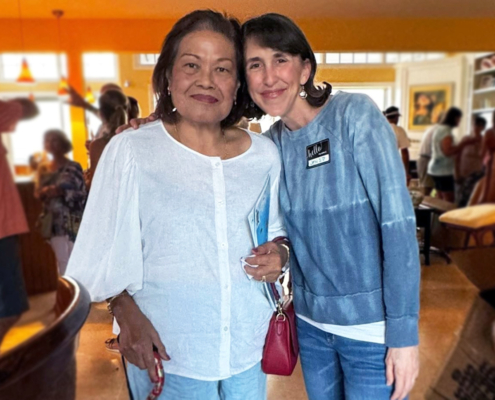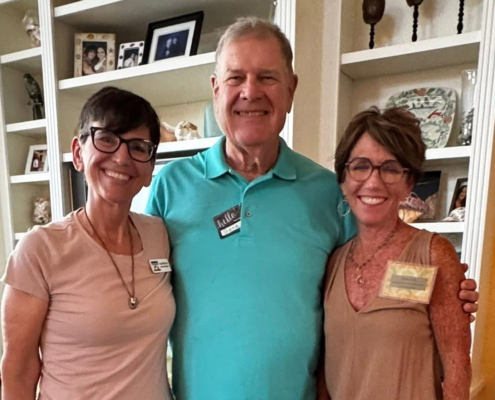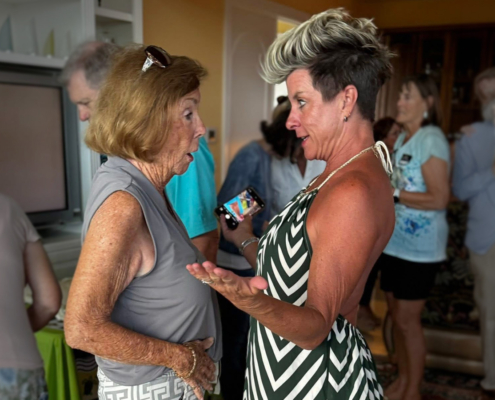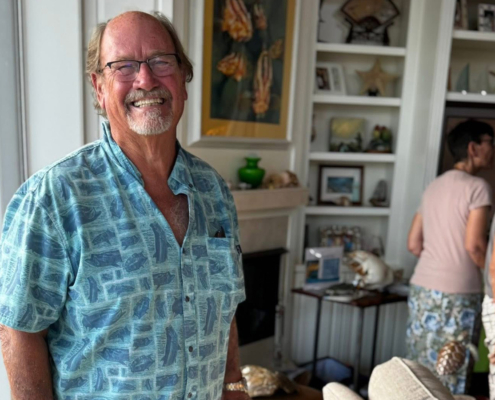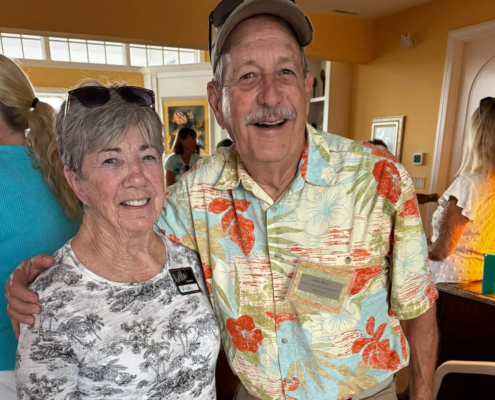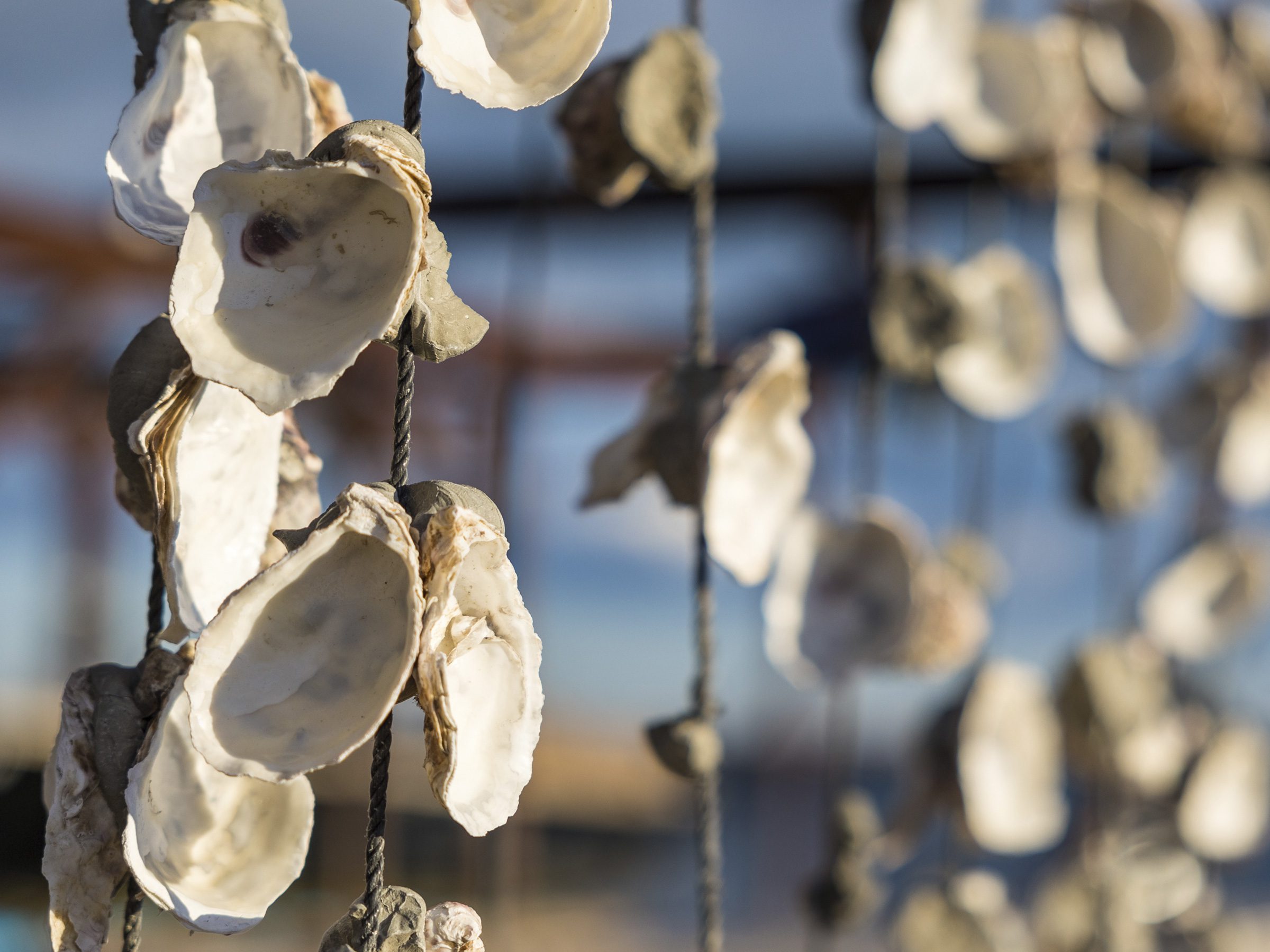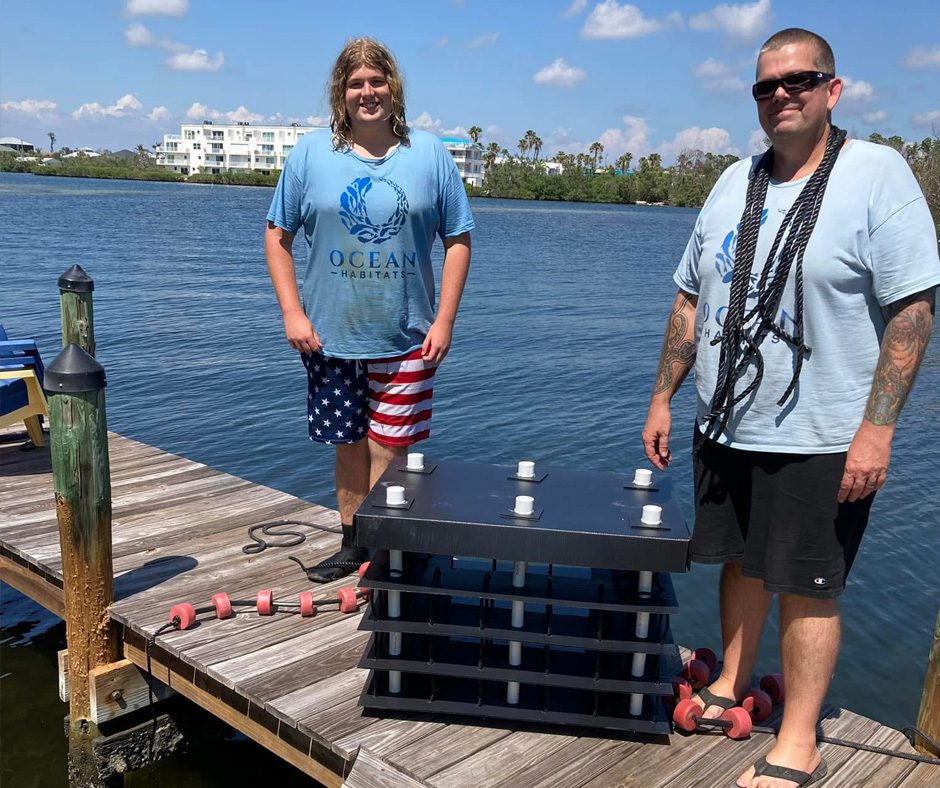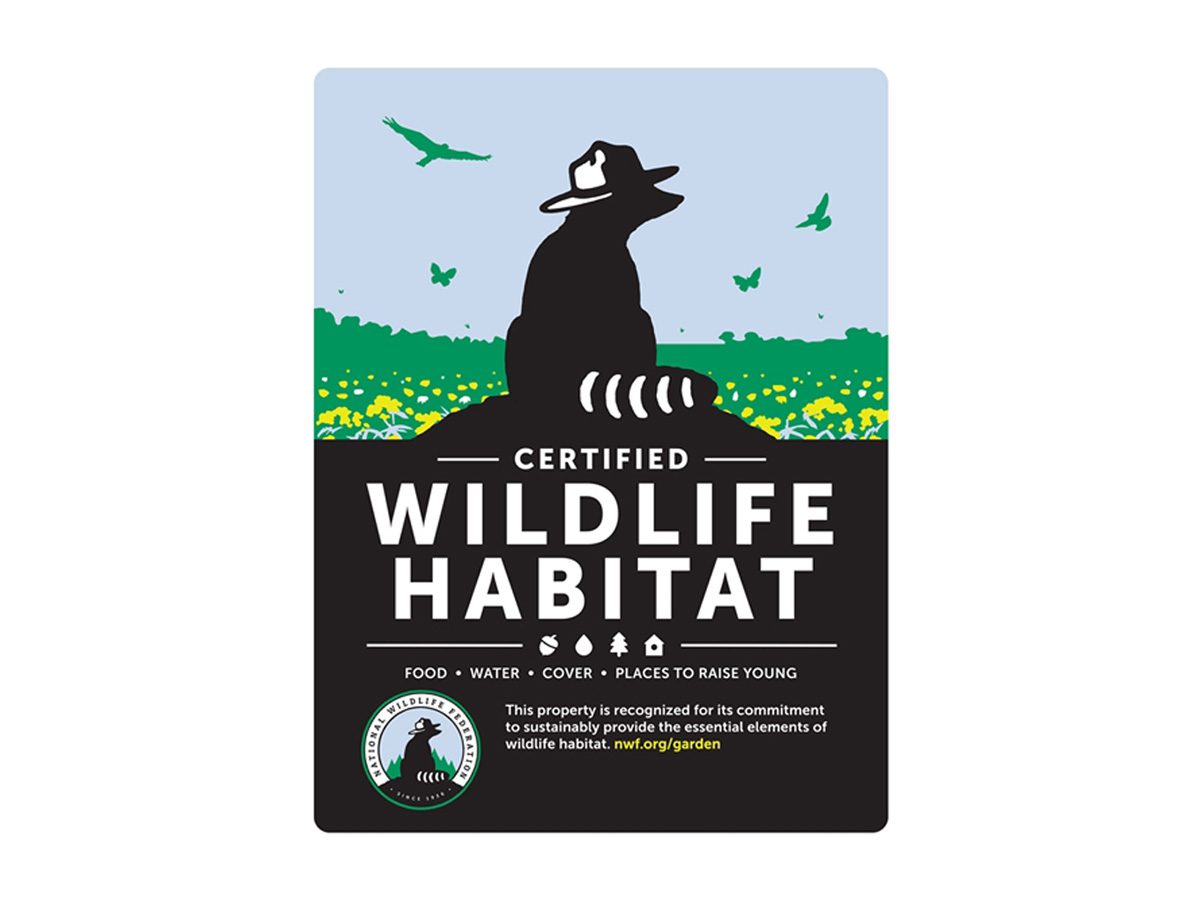Be the first to learn about our Island Living lecture series and exciting fundraisers, where we unite to support preservation and environmental education! Stay informed about our upcoming clean-up events and hands-on demonstrations in our parks, like creating oyster strings that benefit our beautiful shores!
Bocilla Islands Conservancy Overview
Bocilla Islands Conservancy is a public, nonprofit, non-political organization working in partnership with the residents of the Bocilla Islands chain, including Don Pedro Island, Knight Island, Little Gasparilla Island, and Thornton Key. Our mission is dedicated to the long-term preservation of open, undeveloped spaces and natural habitats across the Bocilla Islands. The Conservancy can customize conservation easements through land acquisition, ensuring sensitive habitats are preserved and protected to maintain the ecological balance of the islands.
Disclaimer:
The content provided on this website is for informational purposes only and reflects the views and opinions of Bocilla Islands Conservancy members. It is not intended as legal, financial, or professional advice. Bocilla Islands Conservancy assumes no responsibility for errors, omissions, or the accuracy of the information provided. Visitors are encouraged to consult qualified professionals regarding any concerns or decisions. By using this site, you agree that Bocilla Islands Conservancy and its contributors shall not be held liable for any actions taken based on the information presented here.

